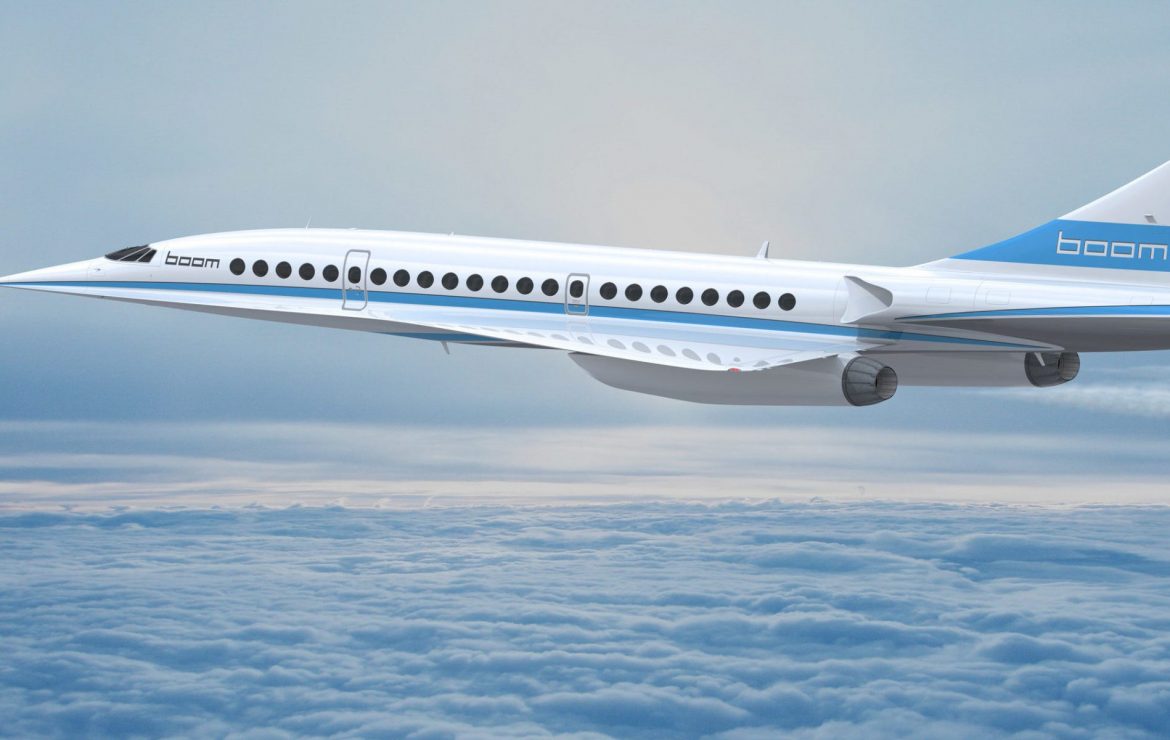Boom Supersonic installed the wings of their XB-1 demonstrator onto the fuselage, paving the way to the supersonic airliner’s first flight expected by the end of 2020.
The one-piece wing, built mainly of composites, was subjected to a series of tests to confirm its performance in March 2020. The following month, the 330-kilogram (725-pound) piece was finally lowered and secured onto the rest of the fuselage.
The XB-1 (also known as Baby Boom) is a-scale manned prototype of the Overture plane that Boom intends to commercialize. The length of the prototype is 20.7 meters, and the wingspan is 5.2 meters. It features a twin-seat cockpit and is powered by the General Electric J85 military-grade engine, the same as the Northrop F-5 Freedom Fighter.
The final product will be able to reach a speed of Mach 2.2 (about 2,710 kilometers per hour), faster than the Concorde. That speed would allow going from London to Auckland in less than six hours and 45 minutes, non-stop.
It should be half the size and will only carry 55 passengers, against 100 for its famous ancestor. “Overture fares will be similar to today’s business class,” said Blake Scholl, founder and CEO of Boom Supersonic, adding that, “ultimately, our goal is to make high-speed flight affordable to all.”
In April 2020, the United States Federal Aviation Authority modified its rules to allow the certification of supersonic commercial aircraft, by adding a specific noise category. No less than three companies, namely Boom Supersonic, Aerion and Spike Aerospace, are trying to reintroduce supersonic airliners.
Giving a new birth to supersonic commercial flights is one of the U.S. Department of Transportation’s (DOTs) priorities on transportation innovation, states the FAA. All three companies mentioned above have received orders for their aircraft and hope to start delivering them in the mid-2020s.”













